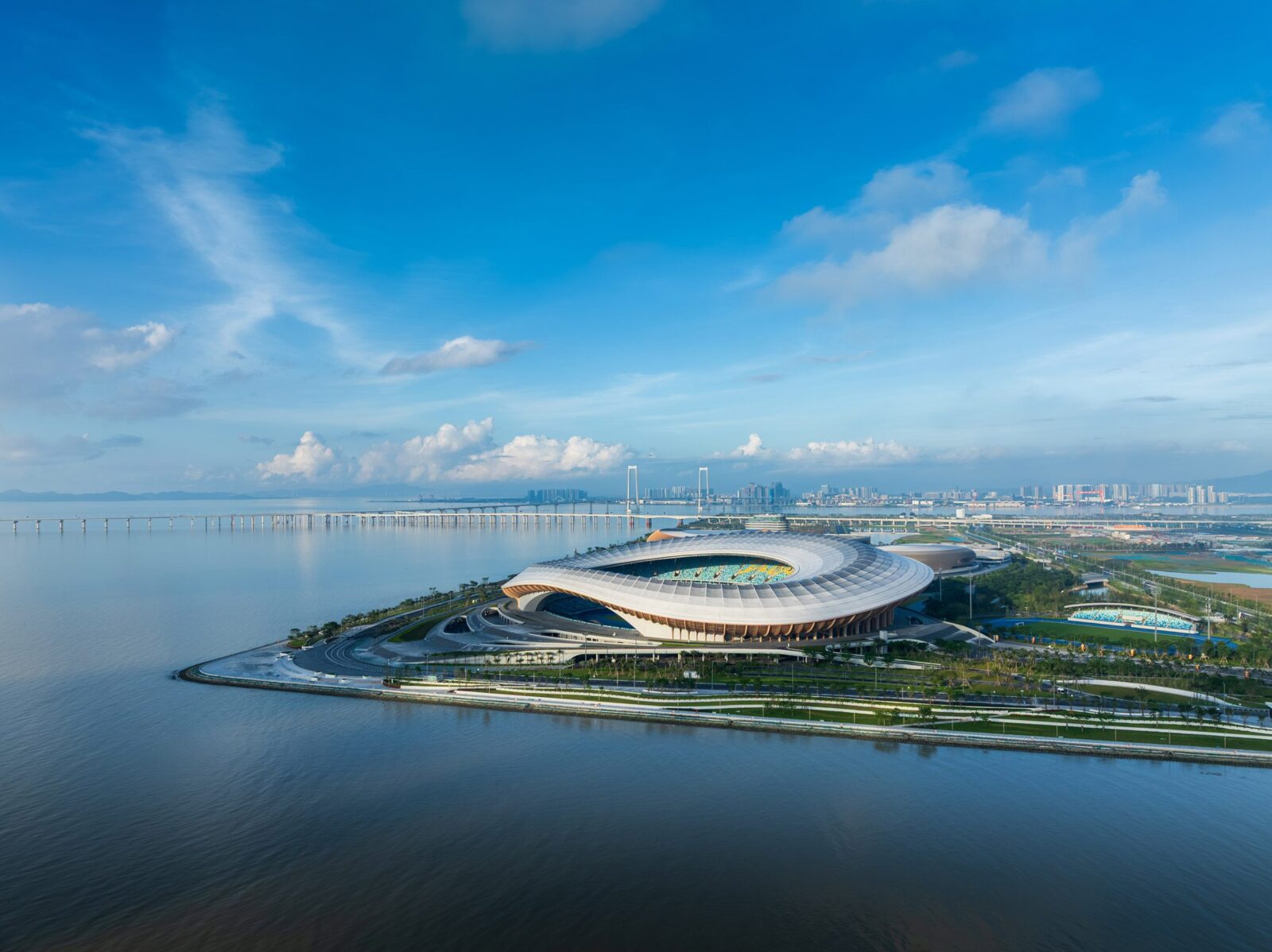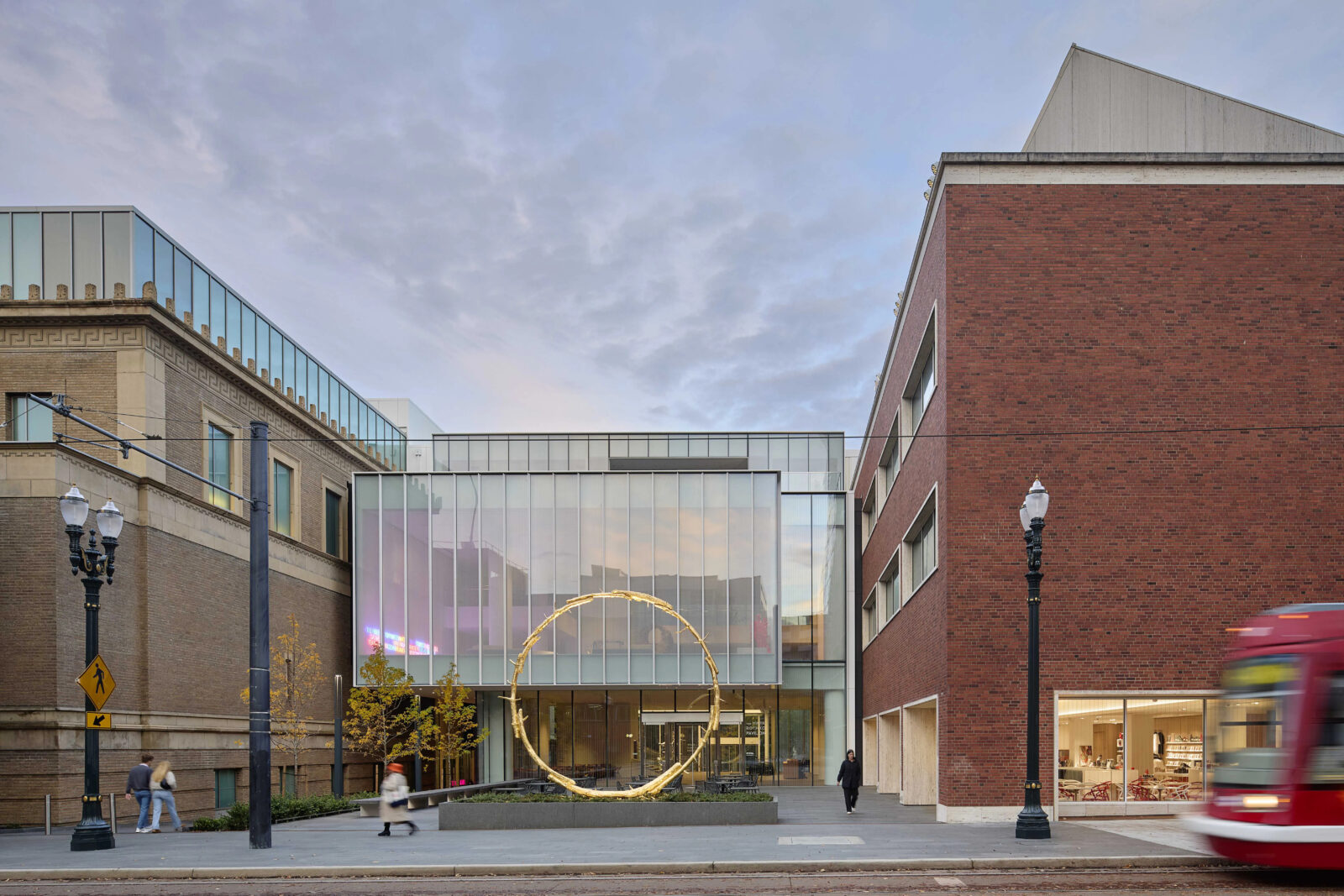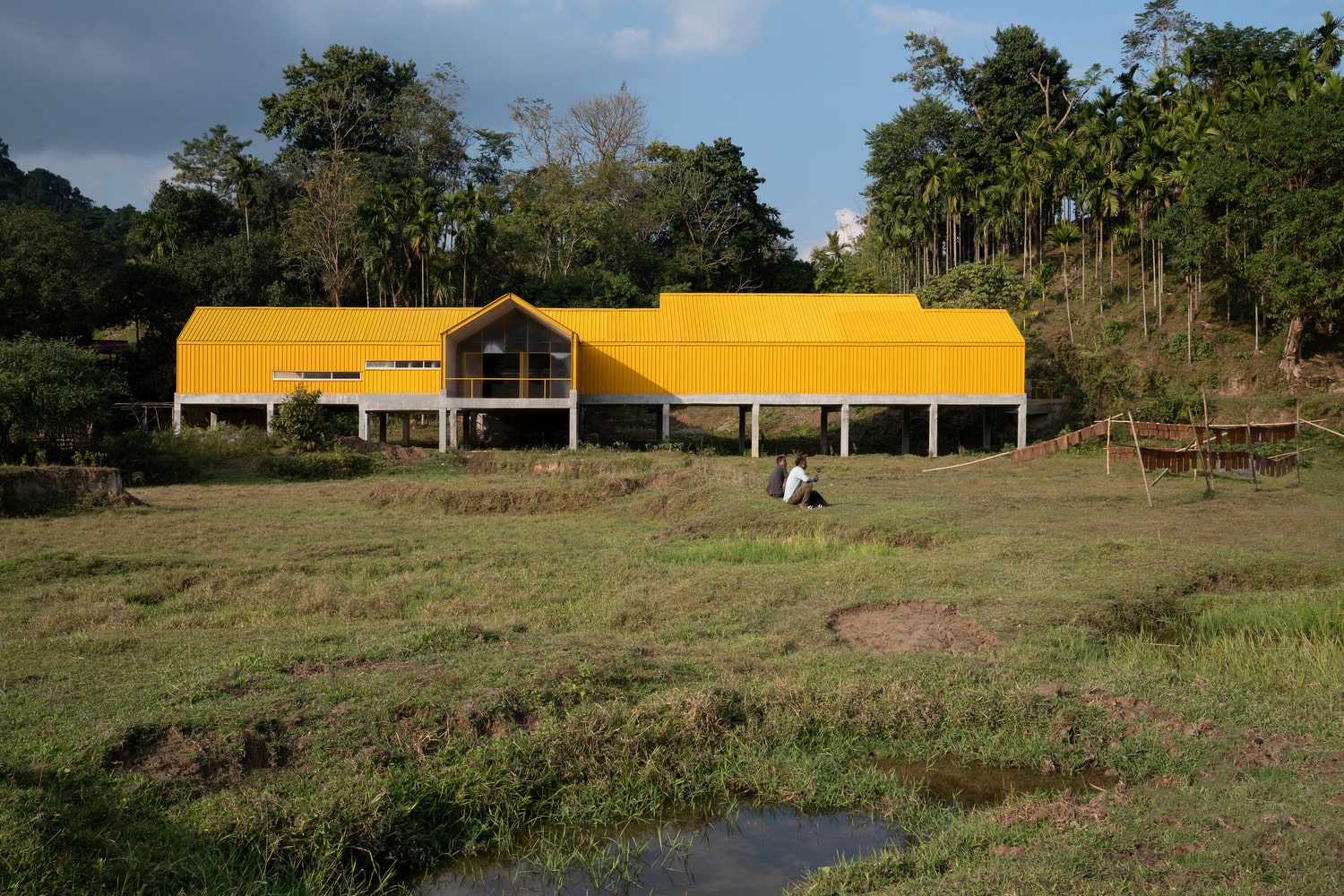- Home
- Articles
- Architectural Portfolio
- Architectral Presentation
- Inspirational Stories
- Architecture News
- Visualization
- BIM Industry
- Facade Design
- Parametric Design
- Career
- Landscape Architecture
- Construction
- Artificial Intelligence
- Sketching
- Design Softwares
- Diagrams
- Writing
- Architectural Tips
- Sustainability
- Courses
- Concept
- Technology
- History & Heritage
- Future of Architecture
- Guides & How-To
- Art & Culture
- Projects
- Interior Design
- Competitions
- Jobs
- Store
- Tools
- More
- Home
- Articles
- Architectural Portfolio
- Architectral Presentation
- Inspirational Stories
- Architecture News
- Visualization
- BIM Industry
- Facade Design
- Parametric Design
- Career
- Landscape Architecture
- Construction
- Artificial Intelligence
- Sketching
- Design Softwares
- Diagrams
- Writing
- Architectural Tips
- Sustainability
- Courses
- Concept
- Technology
- History & Heritage
- Future of Architecture
- Guides & How-To
- Art & Culture
- Projects
- Interior Design
- Competitions
- Jobs
- Store
- Tools
- More
The Belgian Pavilion: A Plant-Based Architectural Experience Space at the Venice Biennale

Plants cannot move on the ground, so they need to be able to manipulate the environment around them -Bas Smets
The 19th Biennale will be open in Venice in May 2025, will transform the Belgian pavilion with an exhibition titled “Building Biospheres” curated by a team consisting of landscape architect Bas Smets and biologist Stefano Mancuso.
“Building Biospheres” will meet its visitors at the 19th Biennale Architettura will be exhibited in Venice Biennale in May as the Belgian Pavilion. Let’s take a look at the details of this impressive exhibition curated by the team led by landscape architect Bas Smets and biologist Stefano Mancuso.

Looking at Architecture through the Intelligence of Plants
This “thought-provoking” exhibition, launched in collaboration with the Flemish government and the Flanders Institute of Architecture, created a space that addresses spatiality through the lens of plant intelligence. The “Building Biospheres” exhibition focuses on the role that structures can play in cleaning the air and regulating temperature, like medicinal plants. This architectural vision makes us think about the behavior of buildings in urban areas through the intelligence of plants and environmental adaptation. It provides architects with a different vision for buildings to be environmentally compatible, active and intelligent.
In fact, it exists as an important proposal for the construction and architecture industry. It offers a proposal for the application of research on plant behavior to built structures. The pavilion shows visitors how architecture can respond to environmental crises by imitating and collaborating with many processes in nature, including plant behavior. It makes visitors do an experimental exploration, just like a living laboratory.
Bas Smets draws on his extensive experience in landscape architecture and urban ecology to envision environments that not only mitigate the effects of urban heat but also foster the creation of dynamic, self-sustaining ecosystems within cities. His approach emphasizes the design of cooling microclimates, transforming densely built environments into more livable, breathable spaces that support both human well-being and biodiversity. His expertise lies in recognizing how even subtle interventions in the urban fabric—like strategic planting, water management, and spatial planning—can dramatically alter the environmental quality of a place.

Meanwhile, Stefano Mancuso, a renowned pioneer in the field of plant neurobiology, brings a scientific dimension to the project, offering a deeper understanding of the silent yet complex intelligence of plants. Through his groundbreaking research, Mancuso highlights how plants are capable of communication, adaptation, memory, and cooperation, functioning as integral players within ecosystems rather than passive background elements. His contributions inspire a rethinking of plants’ role in architectural spaces, not merely as ornamental features, but as active, responsive participants in the health and sustainability of urban environments.
Together, Smets and Mancuso weave a multidisciplinary narrative that redefines how we design cities — where architecture and ecology are not separate disciplines, but interconnected forces working toward a regenerative, resilient future.

Working together, the team aims to rethink the relationship between architecture and nature, turning the Belgian Pavilion at the Biennale into a powerful showcase of climate resilience and forward-thinking design. Through the integration of scientific research with architectural innovation, “Building Biospheres” envisions cities where plants become essential components of sustainable living, far beyond mere decoration.
Visitors will be invited into an immersive experience that demonstrates how architecture can collaborate with the natural world, blurring the lines between constructed and organic spaces and encouraging a deeper connection to our environment.
Sources:
www.ft.com/content/7439a351-64d9-4f80-9312-4942be654843
www.archdaily.com/1023603/the-belgian-pavilion-explores-plant-based-architecture-at-the-venice-biennale-2025
- architectural experience space
- architectural innovation Venice
- Architectural Sustainability
- Belgian architecture
- Belgian design pavilion
- Belgian Pavilion Venice Biennale
- Biennale 2025 pavilion designs
- eco architecture at Biennale
- eco-conscious architecture
- eco-friendly design
- green architecture Venice
- nature-inspired architecture
- pavilion design ideas
- plant-based architecture
- plant-based building materials
- plant-based design concepts
- sustainable architecture
- sustainable pavilion design
- Venice architecture exhibition
- Venice Biennale 2025
- Venice Biennale pavilions
Submit your architectural projects
Follow these steps for submission your project. Submission FormLatest Posts
ZHA Completes New Waterfront Stadium and Sports Centre in Guangzhou
Zaha Hadid Architects has finished a major new sports complex in Guangzhou’s...
Manar Abu Dhabi 2025: A Celebration of Light Across the City
Manar Abu Dhabi 2025 brings a new edition of light-based art to...
Portland Art Museum Reopens With a Bold New Vision
The Portland Art Museum has reopened after a major $116 million transformation,...
Ammodo Awards 2025: Social & Ecological Excellence
The Ammodo Architecture Awards 2025 celebrate 26 groundbreaking projects that prioritize social...












Leave a comment